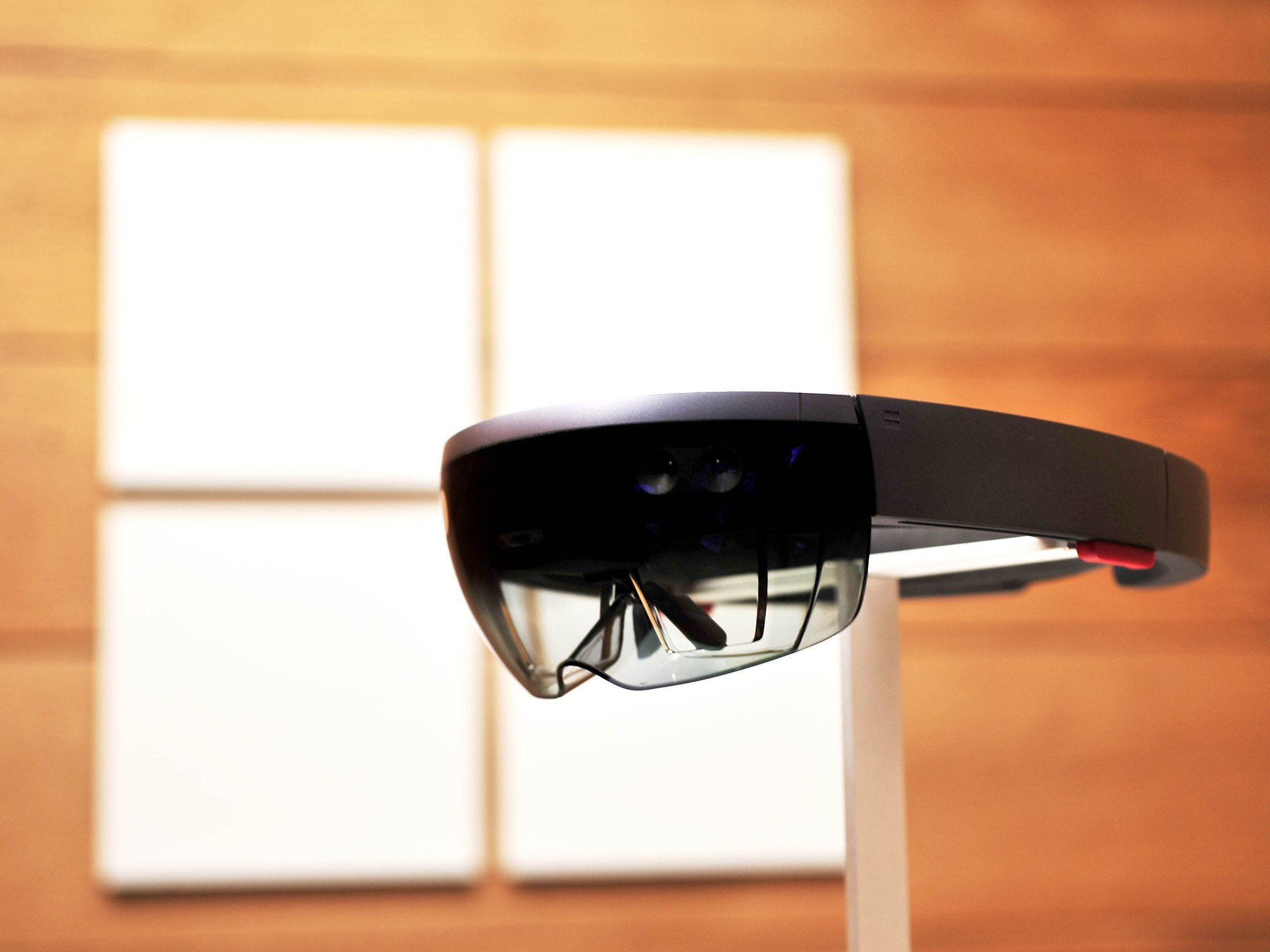HoloLens 2 will get a boost from a dedicated custom AI chip
Microsoft just gave us a small peek at what to expect from the next version of its HoloLens headset.

Work on the second iteration of the HoloLens is well underway at Microsoft, and the company has just teased a small part of what we can expect. Speaking at the Computer Vision and Pattern Recognition conference, Executive Vice President of Microsoft's AI Research Group, Harry Shum, revealed that HoloLens 2 will sport a dedicated AI coprocessor alongside its main silicon, the holographic processing unit (HPU).
The goal, Microsoft explains in a separate blog post, is to give HoloLens 2 added horsepower dedicated specifically to implementing deep neural networks (DNNs). That will ultimately allow HoloLens to better tackle intensive tasks such as image and voice recognition without relying on sending data to the cloud to be processed.
The AI coprocessor is designed to work in the next version of HoloLens, running continuously, off the HoloLens battery. This is just one example of the new capabilities we are developing for HoloLens, and is the kind of thing you can do when you have the willingness and capacity to invest for the long term, as Microsoft has done throughout its history. And this is the kind of thinking you need if you're going to develop mixed reality devices that are themselves intelligent. Mixed reality and artificial intelligence represent the future of computing, and we're excited to be advancing this frontier.
There's no word on when Microsoft plans for its HoloLens successor might land, but reports from earlier in 2017 indicate that it won't be soon. Following a reported product roadmap shakeup that saw Microsoft skip what would have been its second-generation HoloLens in favor of what was to be the third-generation release, it's expected that the next version of HoloLens will arrive as late as 2019. If true, that's a long wait — particularly because the first version of HoloLens was initially shown off more than two years ago. However, such a wait would likely be justified by considerable bumps in technical capability, some of which will be derived from the new AI coprocessor.
A critical look at HoloLens and the future of Windows Mixed Reality
Get the Windows Central Newsletter
All the latest news, reviews, and guides for Windows and Xbox diehards.
Dan Thorp-Lancaster is the former Editor-in-Chief of Windows Central. He began working with Windows Central, Android Central, and iMore as a news writer in 2014 and is obsessed with tech of all sorts. You can follow Dan on Twitter @DthorpL and Instagram @heyitsdtl.

